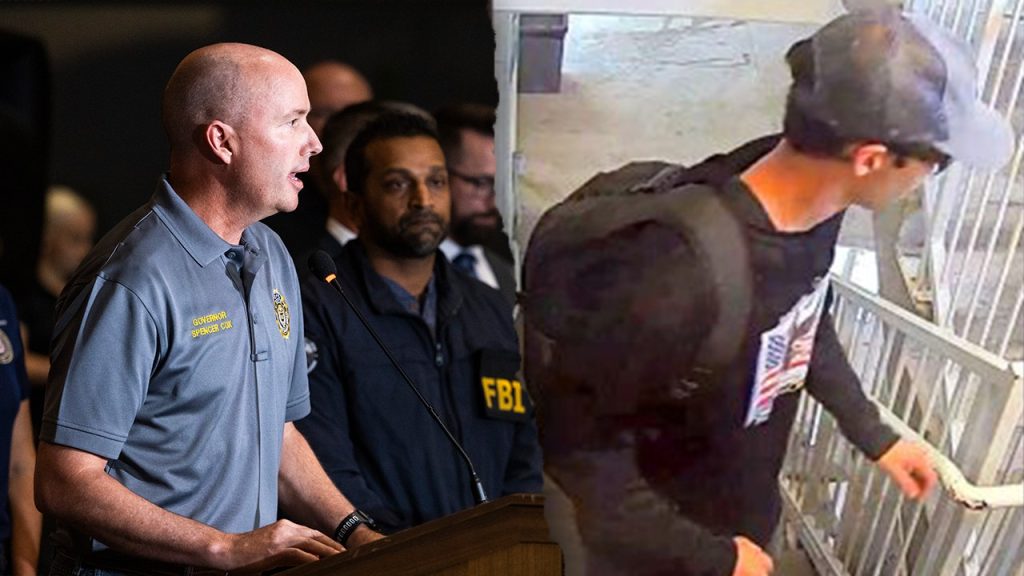Swift Resolution Follows National Manhunt in Charlie Kirk Assassination Case
The manhunt for Charlie Kirk’s assassin came to a conclusion Friday when President Donald Trump announced the suspect’s capture, ending two days of nationwide tension. The FBI’s strategic approach to the investigation—circulating video and images while initially withholding the suspect’s name—followed a deliberate playbook aimed at protecting both public safety and the integrity of the investigation.
Jason Pack, who served as an FBI supervisory special agent before retiring, explained that this approach mirrors strategies used in high-profile cases like the 2013 Boston Marathon bombing. “You need biometrics, records and independent confirmation before you hang a name on a suspect,” Pack told Fox News Digital. This methodical approach serves dual purposes: it protects innocent individuals from being wrongfully identified while ensuring investigators receive more reliable tips from the public. By focusing attention on verified images rather than unconfirmed names, authorities can generate higher-quality leads. Pack emphasized that information is withheld until it reaches “courtroom-ready” standards, allowing investigators to build a solid case that will hold up during prosecution.
The practice of withholding names until positive identification is established has precedent in major cases. During the Boston Marathon bombing investigation, the Tsarnaev brothers were initially identified only through surveillance images, with names released only after thorough verification. Similarly, in the 2020 Nashville Christmas Day bombing, authorities waited for DNA confirmation before publicly naming the suspect. “In Nashville, we had the person’s ID and suspected who he was a couple of days before,” Pack recalled, “But we wanted to make sure through DNA and forensic testing that it was the person and not someone whose wallet had been stolen.” This careful approach reflects law enforcement’s commitment to accuracy and thoroughness, especially in high-stakes investigations where public pressure for quick answers can be intense.
One detail that captured public attention in the Kirk assassination case was the suspect’s footwear—Converse sneakers visible in surveillance footage. Pack offered insight into how investigators interpret such details, noting that “Footwear alone does not define tradecraft.” He explained that criminals sometimes choose non-tactical shoes for various reasons—to blend in with civilians, move quietly, or deliberately misdirect investigators. Law enforcement professionals analyze multiple factors beyond just brand identification, including the suspect’s gait, wear patterns on the shoes, and any impressions left at the crime scene. These nuanced assessments form part of the comprehensive approach to identifying and tracking suspects in major cases.
The $100,000 reward offered for information leading to the suspect’s capture represented another tactical decision in the investigation. Pack explained that such reward amounts aren’t determined by rigid formulas but are calibrated based on several factors: the immediate threat level to the community, the urgency of resolving the case, and the funding available from law enforcement agencies and their partners. In this particular case—a political assassination with the gunman still at large—officials opted for a substantial reward to quickly generate actionable leads. “There was a lot of pressure on law enforcement,” Pack acknowledged. “They wanted to get it right.” This substantial reward amount reflected both the seriousness of the crime and authorities’ determination to bring the perpetrator to justice swiftly.
The successful resolution of this case demonstrates the effectiveness of modern investigative techniques when combined with public assistance. While digital surveillance and forensic analysis provide crucial evidence, the involvement of alert citizens responding to official releases of information remains vital to solving high-profile crimes. The deliberate withholding of certain details—far from being an information blackout—represents a strategic approach designed to protect both the investigation and the public. As this case concludes, it offers a glimpse into the delicate balance law enforcement must maintain: moving quickly enough to apprehend dangerous suspects while being methodical enough to ensure the right person is identified and that evidence collected will support successful prosecution.









